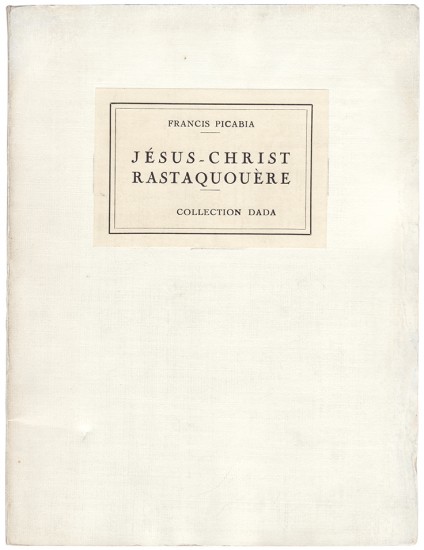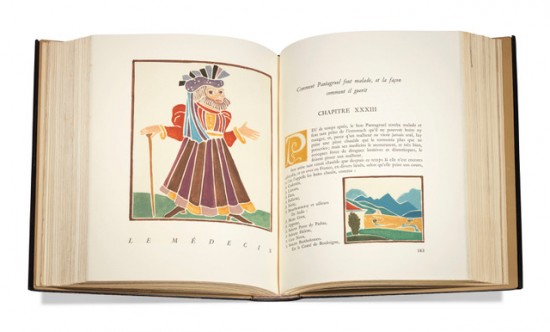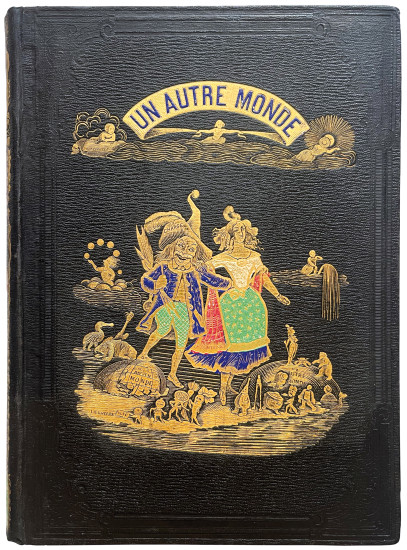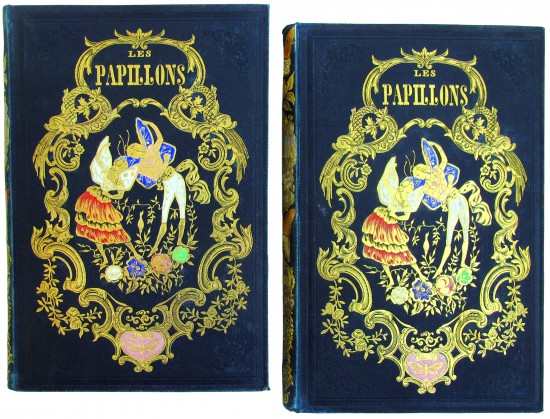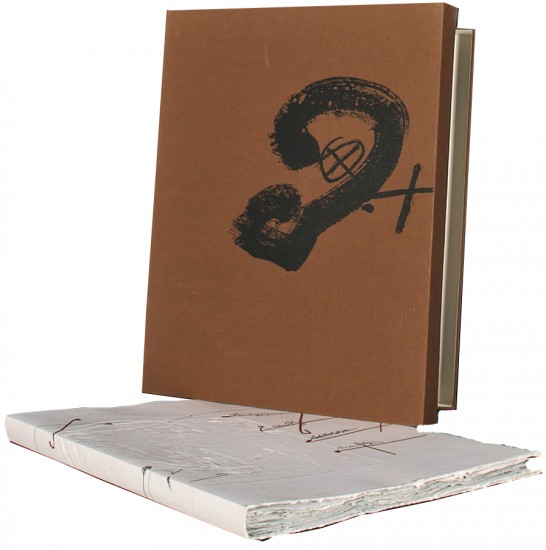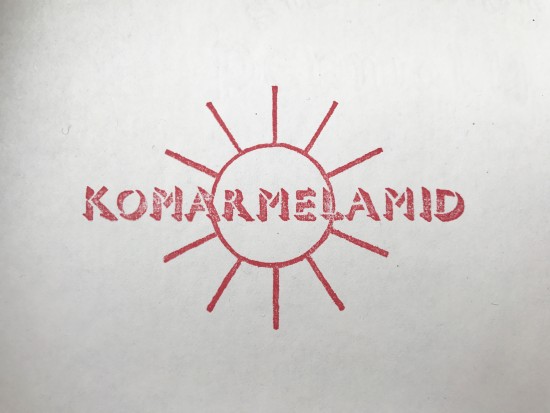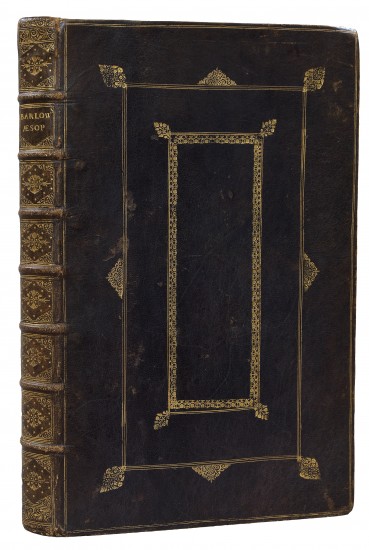Jésus-Christ Rastaquouère
Ribemont-dessaignes, Georges. Picabia, Francis
(Paris). Collection Dada. 1920
Sold
A beautiful, unsophisticated copy of the large paper édition de tête on Chine of Picabia's celebrated dada work.
From the edition limited to 1,060 numbered copies, with this one of 10 large paper examples from the édition de tête on papier de Chine, stamp-numbered on the justification; only the first ten copies on Chine and the 50 on pur-fil Lafuma (the second paper) are large paper copies.
Introduced by Gabrielle Buffet, Picabia dedicates 'Jésus-Christ Rastaquouère' 'à toutes les jeunes filles' and his text, considered his most important and one of the most important of Paris Dada, is illustrated with three monochrome dessins by Georges Ribemont-Dessaignes. These fantastical machine drawings, highly reminiscent of Picabia's own, are 'Portrait de la Reine de Perou', 'Maladie Légale' and 'Nocturne Capitons - Grand Mâle Général'.
' ... perhaps the most important Dadaist document of that period: as opposed to other contemporary works that fall into the realm of literary creation, 'Jésus-Christ Rastaquouère' is - though this is not obvious from its sacrilegious title - an essay on Dadaist 'philosophy' ... Thanks to 'Jésus-Christ Rastaquouère', Dada found itself endowed with the elementary theoretical foundation it had been lacking until then.' (Michel Sanouillet).
We can trace no further copies of the édition de tête of Jésus-Christ Rastaquouère'; Bolliger lists one copy of the second paper.
[Ades 7.23; see Michel Sanouillet's 'Dada in Paris', MIT, 2012].
From the edition limited to 1,060 numbered copies, with this one of 10 large paper examples from the édition de tête on papier de Chine, stamp-numbered on the justification; only the first ten copies on Chine and the 50 on pur-fil Lafuma (the second paper) are large paper copies.
Introduced by Gabrielle Buffet, Picabia dedicates 'Jésus-Christ Rastaquouère' 'à toutes les jeunes filles' and his text, considered his most important and one of the most important of Paris Dada, is illustrated with three monochrome dessins by Georges Ribemont-Dessaignes. These fantastical machine drawings, highly reminiscent of Picabia's own, are 'Portrait de la Reine de Perou', 'Maladie Légale' and 'Nocturne Capitons - Grand Mâle Général'.
' ... perhaps the most important Dadaist document of that period: as opposed to other contemporary works that fall into the realm of literary creation, 'Jésus-Christ Rastaquouère' is - though this is not obvious from its sacrilegious title - an essay on Dadaist 'philosophy' ... Thanks to 'Jésus-Christ Rastaquouère', Dada found itself endowed with the elementary theoretical foundation it had been lacking until then.' (Michel Sanouillet).
We can trace no further copies of the édition de tête of Jésus-Christ Rastaquouère'; Bolliger lists one copy of the second paper.
[Ades 7.23; see Michel Sanouillet's 'Dada in Paris', MIT, 2012].
[36 leaves; pp. 66, (i)]. Large 8vo. (238 x 182 mm). Leaf with title, leaf with half-title recto and Picabia's dedication verso, leaf with aphorisms by Picabia recto, 'Introduction' by Gabrielle Buffet verso and on following recto and Chapters I - VII of Picabia's text illustrated with 3 full-page monochrome 'dessins' by Georges Ribemont-Dessaignes, lef with justification recto. Original publisher's white canvas wrappers with cream printed label with titles in black to front cover.
#45308
